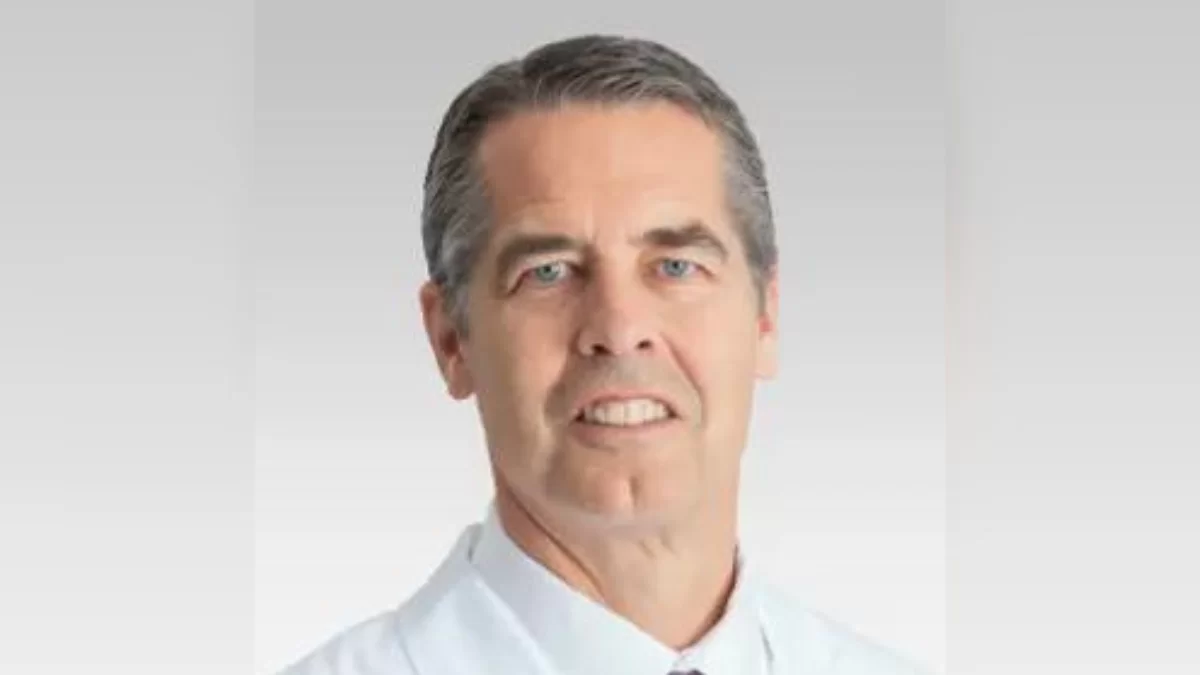
The American Heart Association (AHA) is helping health care providers put the organization's new guidelines for heart disease and stroke care into place more quickly with a new set of resources and tools being introduced this week at the AHA's yearly Scientific Sessions.
The new tools are part of the AHA's Guideline Transformation and Optimization (GTO) program, which is designed to lead to better patient outcomes. The step-based approach will be used in the treatment of the more than 515,000 Americans who have non-ST segment elevation acute coronary syndrome (NSTE-ACS)-related heart attacks.
"The American Heart Association is focused on rapidly translating guidelines into clinical practice,” AHA Former President Alice Jacobs, former chair of the American College of Cardiology Foundation/AHA Guidelines Task Force, said. “The tools and resources being created are highly valuable for educating medical professionals, but it is the method the American Heart Association is using to deliver the tools and resources that will make GTO effective.”
A pocket guide containing NSTE-ACS treatment guidelines are being introduced at the AHA's Scientific Sessions, which began Saturday and run through Wednesday in Orlando, Florida. An NSTE-ACS Professional Resource Center is also accessible online, as well as an ebook multimedia resource with videos, slide shows, recorded presentations, monographs and other digital tools.
Additionally, the AHA is expanding and improving its 2007 Mission: Lifeline initiative, which aims to help providers give faster treatment for patients having a ST segment elevation myocardial infarction (STEMI).
“Hospitals and systems of care currently treating STEMI patients will now be able to expand their reach to all patients with heart attacks using the same integrated approach created by Mission: Lifeline,” Jacobs said. “Targeted professional and patient education, best practice sharing opportunities, a comprehensive yet easy-to-use dashboard to access STEMI and (non-STEMI) data and extension of our recognition program to participation in cardiac rehabilitation supports our goal to ensure that all patients receive the right treatment at the right time, both in and out of the hospital.”



